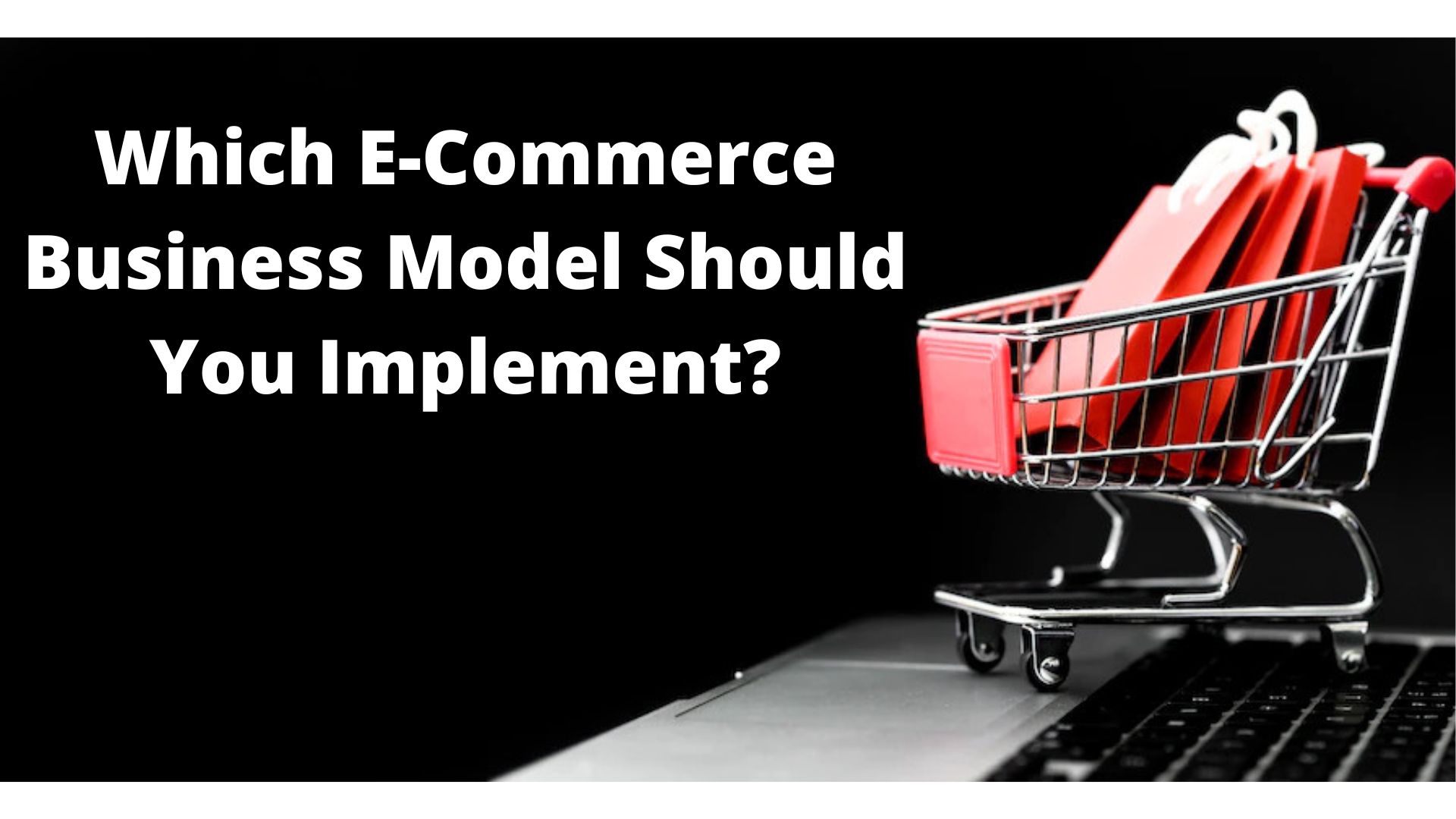Mixing approaches can tank a business. Here are some basics to spot, to assist in decluttering business judgement!
E-commerce is in a hyper-acceleration mode post-COVID -19. Selling and purchasing products online is quick and simple. Many people disregard buying products offline if they discern that they need to walk to the store. However, if they know, that they can get the same thing at a discounted price, without moving at all, it becomes a trend.
What’s Trending?
According to IBM’s U.S Retail Index, the recent pandemic accelerated consumers’ preferences from traditional to online shopping. Businesses can expect some developments in upcoming times.
Subsequently, Dotcom Distribution’s E-Commerce Consumer Survey, predicts, that retailers need to reshape. The ideal customer experience retailers must know how to implement sustainability efforts to help the planet while fostering brand affinity. Consumers are now increasingly socially conscious.
Why And How Is E-Commerce Picking Up?
As physical retail’s role is shrinking, free shipping is outweighing fast shipping more than ever. Brands are resorting to online platforms with consistent packaging, and a racy returns strategy to significantly impact customer satisfaction and loyalty.
Businesses partner with e-commerce development companies for extensive digitization, reimagining the legacy platforms into a modern, highly agile, and business-responsive e-commerce enterprise. Supported by robust predictive analytics discipline.
E-Commerce Administration Models Categorization (Basic Comparison B2B vs. B2C vs. C2C vs. C2B vs. B2A (B2G) vs. G2C vs. C2A)
All online commercial transactions between a customer and a seller in an online marketplace are a part of e-commerce. Businesses need to centralize their operations according to a workable architecture, which is called an E-Commerce Administration Model:
Business-to-Business (B2B):
Transactions between two companies e.g: If a customer places an order on the Amazon app, later forwards that query to the concerned seller. The retailer ships the order to the consumer. Amazon receives a commission for every successful order delivery.
Business-to-Consumer (B2C):
Transactions between a business and a consumer where they sell all kinds of consumer goods from electronics, to Plant delivery. Any other utility item and consumers shop directly from the portal. Example: Shoppers Stop which sells items with its own branding.
Consumer to Consumer (C2C):
It is when two consumers transact via a third-party online portal. Like selling and buying residential property, selling and buying a motor vehicle, selling and buying a used vehicle, renting a room or staycation venue.
Consumer-to-Business (C2B):
It is when individual freelance designers sell their proposals and only one of them is finally selected. Also, it can be when models/photographers sell photographs, images, media, and design elements and site owners purchase them with copyrights.
Business-to-Administration (B2A) or Business-to-Government (B2G):
When government seeks help from local officials/non-government officials for third-party activities like acquiring social security rights, legal documents, registers, stamp duty, licenses or any other variant, used by the government to exchange information with business organizations.
Government-To-Business (G2B):
It is when the government delegates some tasks to trusted private business organizations to support tenders, application submission, auctions, etc.
Government-To-Citizen (G2C):
It refers to auctions of vehicles, machinery, artworks, valuables, and antiques by the government to common people. It is also when such websites offer registration of birth, death, marriage etc. They work towards reducing the usual time to fulfill citizens’ requests for various government services.
Consumer-to-Administration (C2A):
It refers to all electronic transactions between consumers and public administration e.g. education, social security, taxes, health. It eases tasks and supports essential communication and flow of information.
Conclusive: Which E-Commerce Model Should You Select For Your Business?
While seeking digital marketing and commerce services, organizations need to visualize the design and realize outcome-driven experiences across different stages of the customer journey with personalized content and frictionless commercial operations.
Best mobile app developers need to approximate a gamut of activities including Marketing platforms, Emerging Web and Mobile Channels, Digital Asset Management, and Intelligent Marketing. Experience-Driven Commerce and Conversion Optimization (Reach maximization, behaviour analytics, personalization, conversion path optimization, personalization, KPI measurements), and must follow an outcome-driven approach to digital marketing to accelerate time-to-market, maximize reach, and achieve conversions at scale.

buy generic provigil buy modafinil 100mg for sale buy provigil 200mg pill buy modafinil 100mg sale modafinil price cost provigil buy modafinil 200mg generic